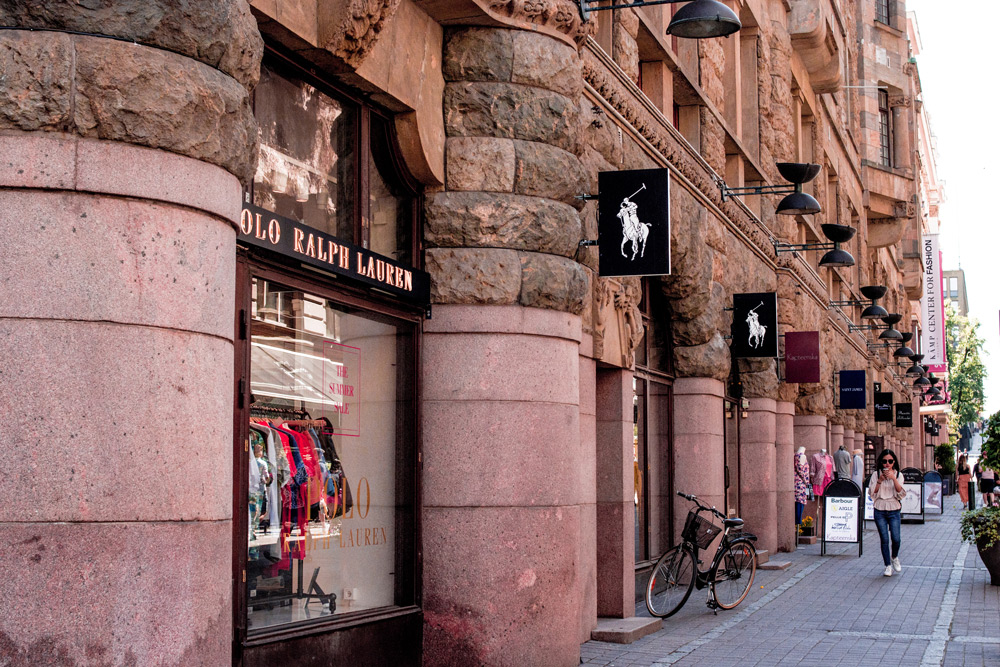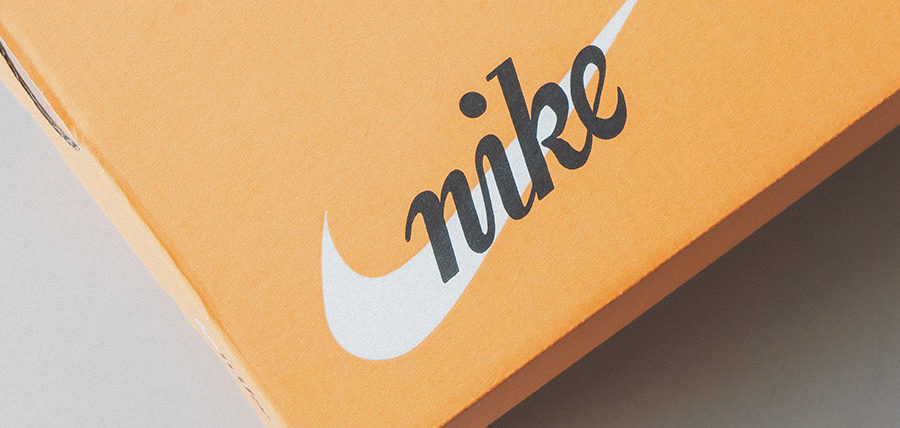Think about legacy brands like Porsche, Lacoste, and Nike. These brands have won a place in the hearts and minds of older consumers, earned over decades of brand-equity building. But what about the younger generations, who are building wealth and gaining spending power? How can established brands earn the loyalty of younger generations of consumers while not taking their brand off the rails?
Changing It Up to Appeal to New Generations is Not New
Brands have always reinvented themselves to be relevant. Just scroll through these ads from the 1920s for a sometimes amusing, sometimes cringeworthy look at marketing to the shoppers of the time. The evolution of fashion has always been driven by the evolution of the consumer. So who are today’s younger consumers, and why are they so appealing to legacy brands?
With the Transfer of Wealth Comes the Transfer of Power
Perhaps more attention is being paid to the efforts of legacy brands now that they have tuned in to how critical it is to capture the younger consumer—and they are going to great lengths to do so. The great wealth transfer currently underway is shifting not just money but also influence to Millennials and Gen Z consumers. As up to $70 trillion dollars in spending power transitions to younger generations, brands not refocusing energy toward capturing this market will go the way of Sears. But it’s easier said than done, as technology rapidly evolves, and today’s shopper demands an omnichannel experience.

Brands Making Bold Moves to Connect to Younger Consumers
Some brands are not waiting for trends to dictate that it’s time to change; they are making dramatic changes to ensure they get the attention of Millennials and Gen Z. For example, Ralph Lauren, a stalwart in fashion since 1967, is turning a keen eye toward attracting fresh customers, designing a new logo designed to “win over Fortnite players.” Their logo has not changed since the company started, but in their new Fortnite Collection, the iconic polo rider sits atop Fortnite’s iconic piñata llama.
With younger generations spending time on VR and in virtual worlds like the metaverse, we are seeing bold new brand interpretations. As a recent Fast Company article says, “Fashion brands go where their customers are, and their customers are increasingly in virtual worlds.” Brands that are accelerating their entry into VR to reach younger generations include Burberry and Balenciaga.

The Future Isn’t the Only Way to Connect with Gen Z
Yes, Gen Z are digital natives who are perfectly comfortable with a phone in their hands—but unlike their Millennial counterparts who live, eat, and breathe online—Gen Z tends to be more old school. Legacy brands can reach Gen Z with compelling stories and a trip down nostalgia lane.
“Balenciaga’s recent pink faux fur-clad London store launch is a knowing celebration of noughties maximalism, while fashion brand Coach built a vintage drive-in cinema for a runway show steeped in nostalgia last year. Throwing it back even further, Old Spice recently launched its own version of a traditional barber shop—paying homage to this beloved pastime with a themed retail space that hosts celebrity barbers on rotation.” – Fast Company
Why so nostalgic? Maybe this generation is longing for what they’ve never known, because their lives have been a staccato of war and pandemic.
“Nostalgia is making its way into how we spend our free time via streaming and social media. Metallica and Kate Bush are currently topping charts, each with songs released nearly 40 years ago. While many would attribute it to their recent airtime on Stranger Things / Tik Tok, we believe it’s something more significant. For many, this is their first introduction to these artists, leading a charge of discovery into a category of music and culture that many never experienced. It’s almost as if these songs were brand new.” – Chute Gerdeman
What Legacy Brands Must Get Right
Whether legacy brands get futuristic or nostalgic as a way to connect with younger generations depends on what works best with their brand and the young people they wish to reach. What does matter more than approach is the authenticity of the connection. If a brand is obviously just making a play for profit, trust us, Gen Z will see right through it. They want real connection and meaning. If you ask a Gen Zer what it takes to connect with them (and we did), here’s what they say:

“Be affordable. Be present. Be worthwhile.”
This generation is careful about what they spend and where. That’s why accessible luxury has been such a successful way to reach the audience. Everything is an experience. And if the legacy brand is not online and in person, forget it. They aren’t going to come looking.


